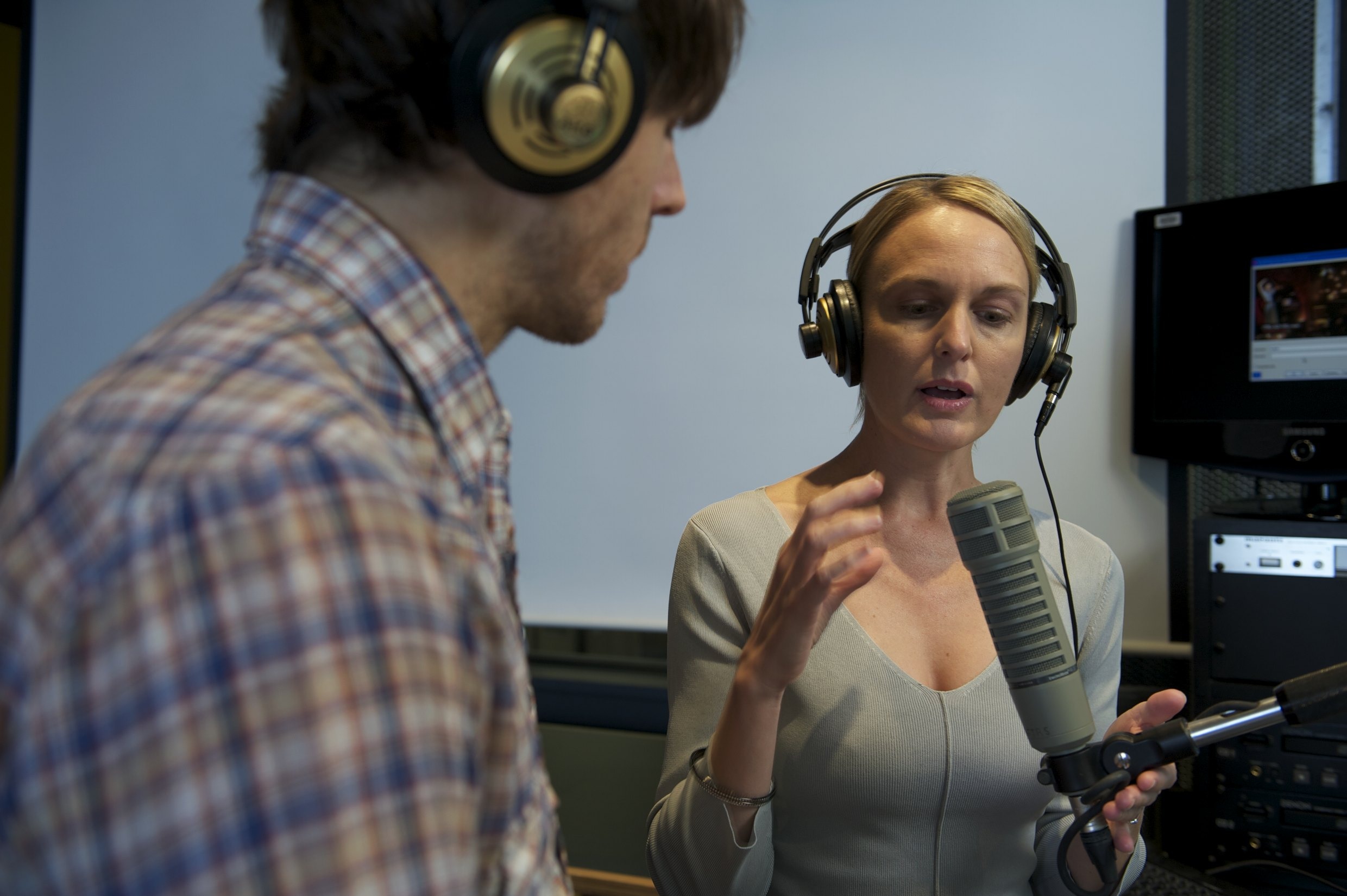Craft a radio story
Write and record a short radio-style story using a script, voice acting, and homemade sound effects; edit and share the finished audio with others.



Step-by-step guide to craft a radio-style story
Read a Book - Children's Song By The Learning Station
Step 1
Pick a fun story idea you want to tell.
Step 2
Give your story a short, exciting title.
Step 3
Plan three big events for your story: a beginning a middle and an end.
Step 4
Write a short script with lines for any characters and note where sound effects should play.
Step 5
Read the script aloud once to check the words and how long it sounds.
Step 6
Decide who will voice each character in your story.
Step 7
Collect household objects you can use to make the sound effects you wrote down.
Step 8
Find a quiet spot and get ready to record without interruptions.
Step 9
Record each character’s lines one at a time.
Step 10
Record each sound effect one at a time while watching your script.
Step 11
Import your voice and sound recordings into an audio editing app.
Step 12
Put the clips in the right order so they follow your script.
Step 13
Trim any mistakes or quiet gaps from the clips.
Step 14
Add simple background music or fade effects so everything sounds smooth.
Step 15
Share your finished creation on DIY.org
Final steps
You're almost there! Complete all the steps, bring your creation to life, post it, and conquer the challenge!


Help!?
What can we use instead of a paid audio editing app or fancy microphones?
Use free software like Audacity or your smartphone's voice memo app and basic earbuds as a mic to import and arrange the voice and sound recordings as described in the 'Import your voice and sound recordings' and 'Put the clips in the right order' steps.
My recordings have too much background noise or voices overlap—how can I fix that?
Re-record in the 'Find a quiet spot' step using a blanket fort or pillows to muffle room noise, 'Record each character’s lines one at a time', and then use the 'Trim any mistakes or quiet gaps' step plus volume controls to clean and balance the clips.
How can I adapt this activity for younger children or older kids who want more challenge?
For younger children, cut the plan to one big event, have an adult handle the 'Import' and 'Trim' steps, and use simple sound effects from the 'Collect household objects' step, while older kids can write three detailed events, layer multiple sound tracks, and add complex background music in the 'Add simple background music or fade effects' step.
What are easy ways to enhance or personalize our radio story before sharing it on DIY.org?
Make unique sound effects from specific household items you 'Collect', give each cast member a signature line or jingle, and smooth transitions with the 'Add simple background music or fade effects' step to create a polished final share.
Watch videos on how to craft a radio-style story
Toddler Songs ♫ Listening Songs for Kids ♫ All the Sounds ♫ Kids Songs by The Learning Station
Facts about audio storytelling and radio production
✂️ Audio editing can remove background noise, add music and effects, and tighten timing to make stories more exciting.
🔊 Foley artists create everyday sounds for stories using household items — coconut shells for horse hooves is a classic trick!
🎙️ Orson Welles' 1938 radio broadcast of "The War of the Worlds" famously convinced some listeners it was real.
🎧 Podcasts and radio-style audio let creators share episodes worldwide, with millions of episodes available across platforms.
🎭 Voice actors can perform entire casts by changing pitch, pace, accents, and breathing to create distinct characters.
How do you make a short radio-style story with kids?
What materials do I need to write and record a kid-friendly radio story?
What ages is making a radio story suitable for?
What are the benefits of writing and recording a radio story with children?


One subscription, many ways to play and learn.
Only $6.99 after trial. No credit card required



